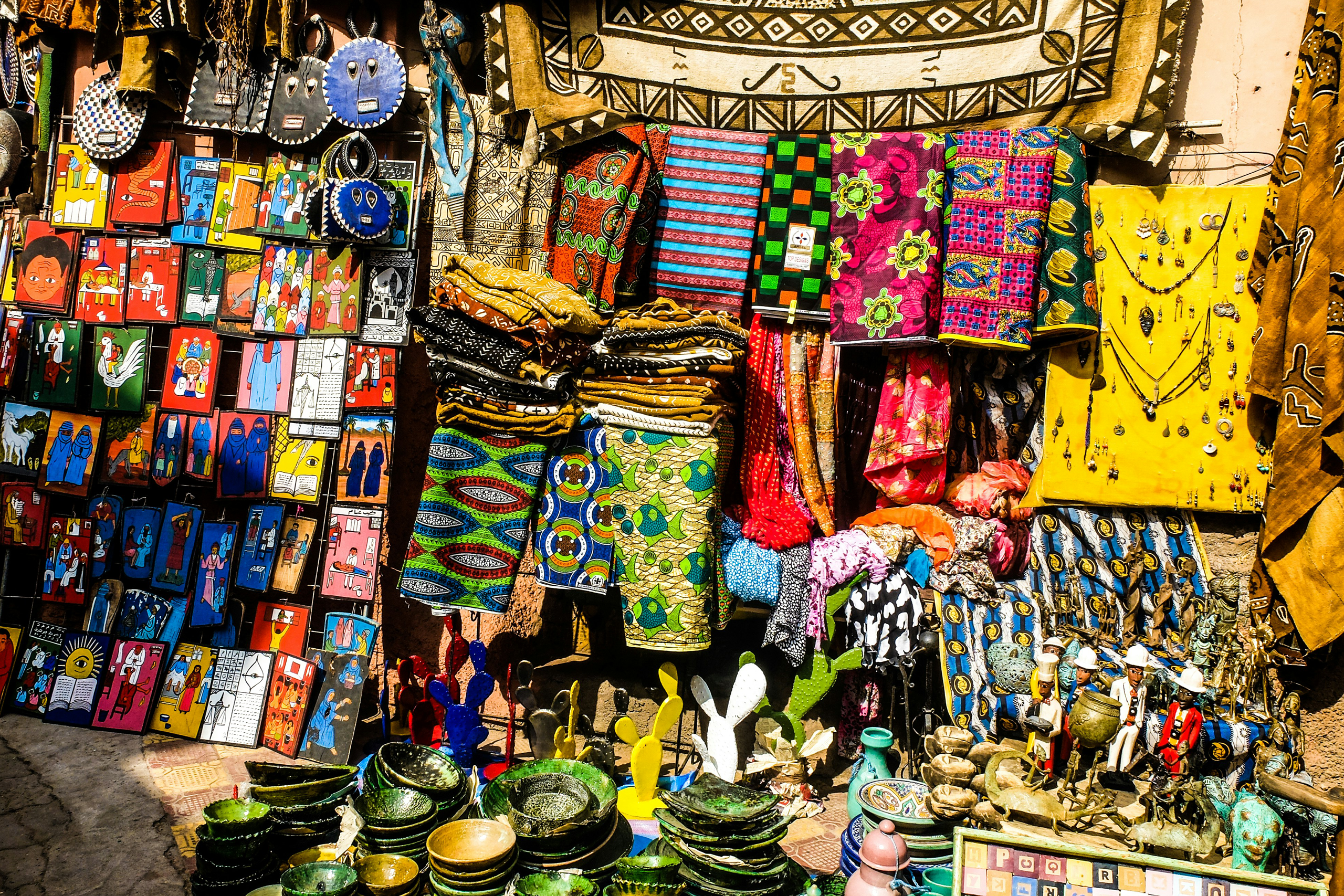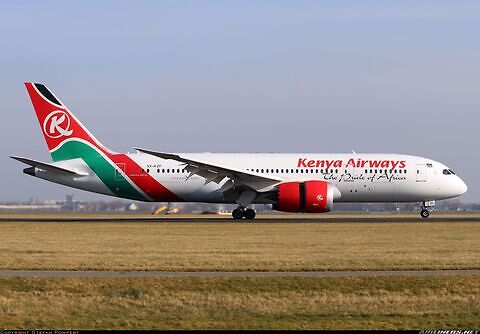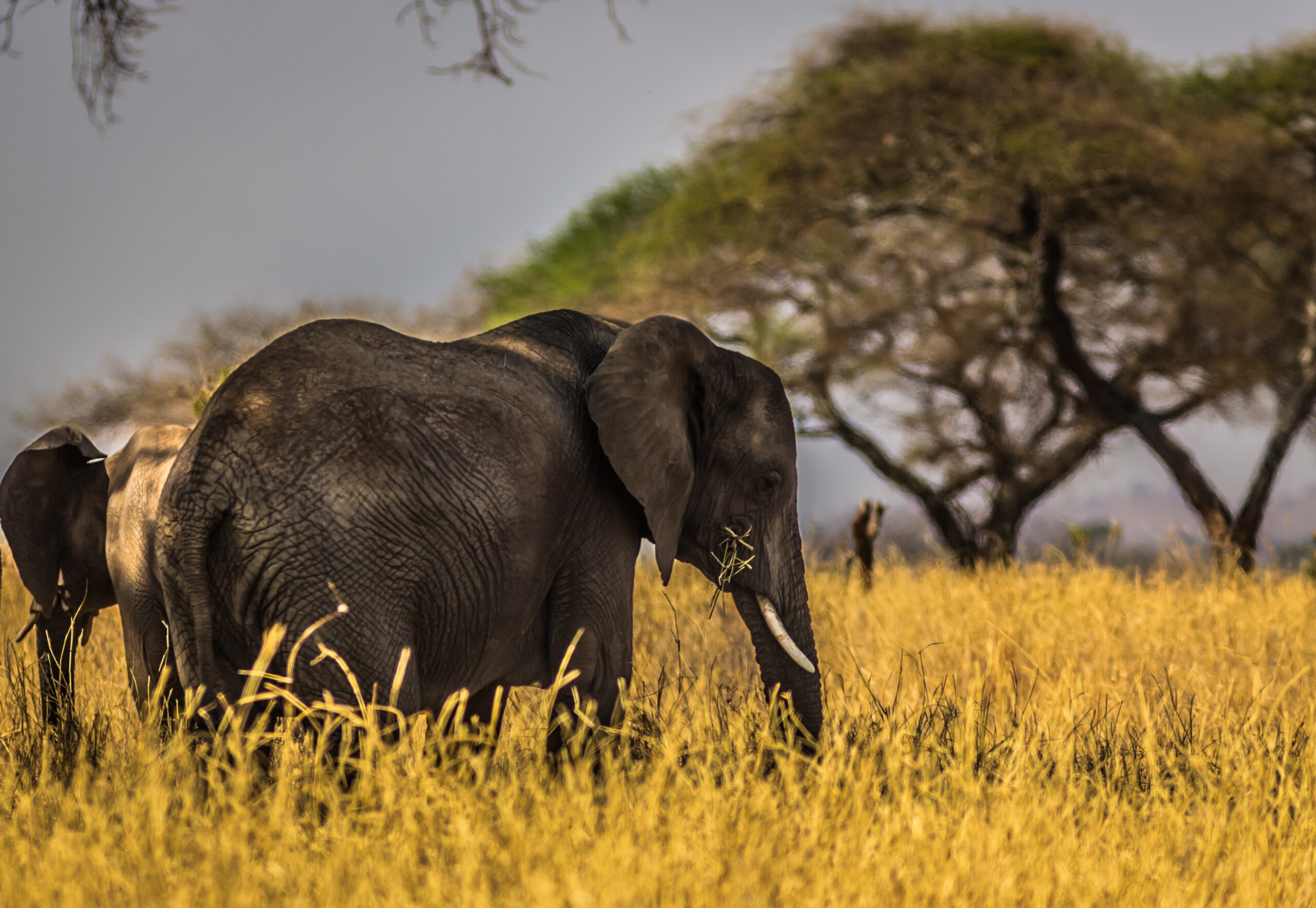TOP OFFERS

GROCERY

FASHION

ELECTRONICS

MARKET

JuaKali Products

MORE
APPLIANCES

AIR TRAVEL

RELIGION

HEALTH

TOURISM

LOCAL NEWS

ENTERTAINMENT

SPORTS

NONPROFIT

TOP OFFERS

GROCERY

FASHION

ELECTRONICS

MARKET

JuaKali Products

MORE
APPLIANCES

AIR TRAVEL

RELIGION

HEALTH

TOURISM

LOCAL NEWS

ENTERTAINMENT

SPORTS

NONPROFIT
